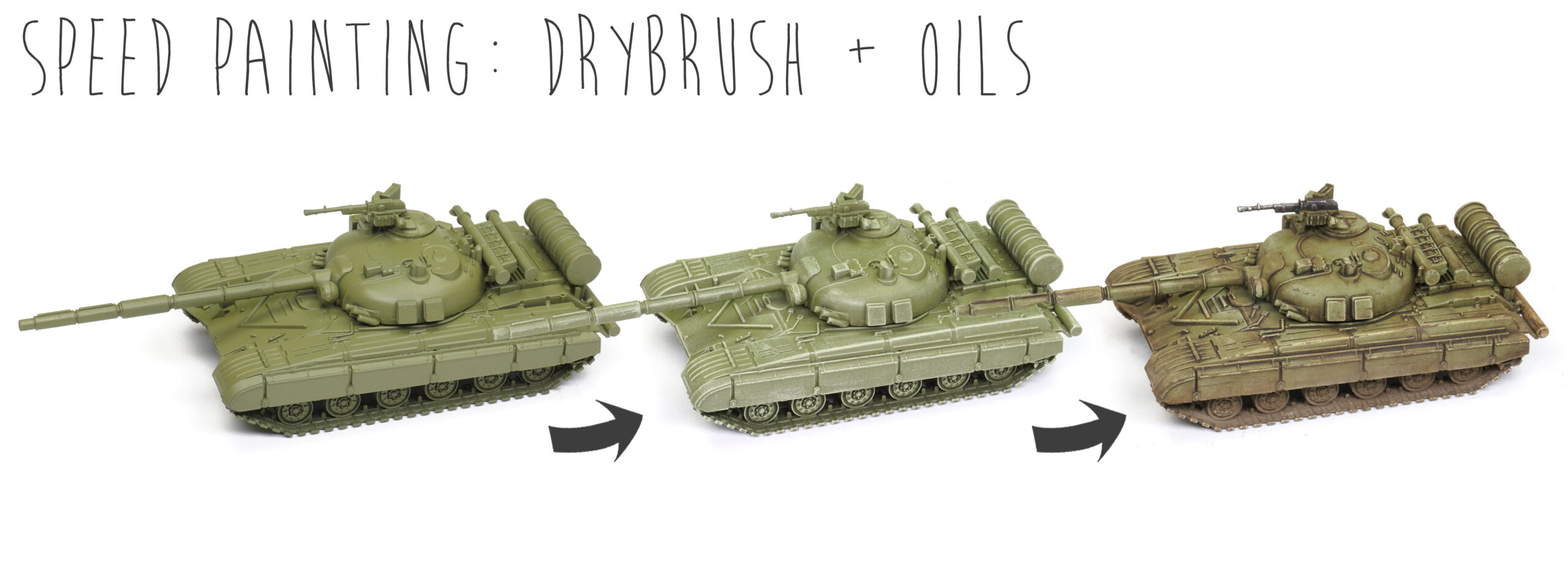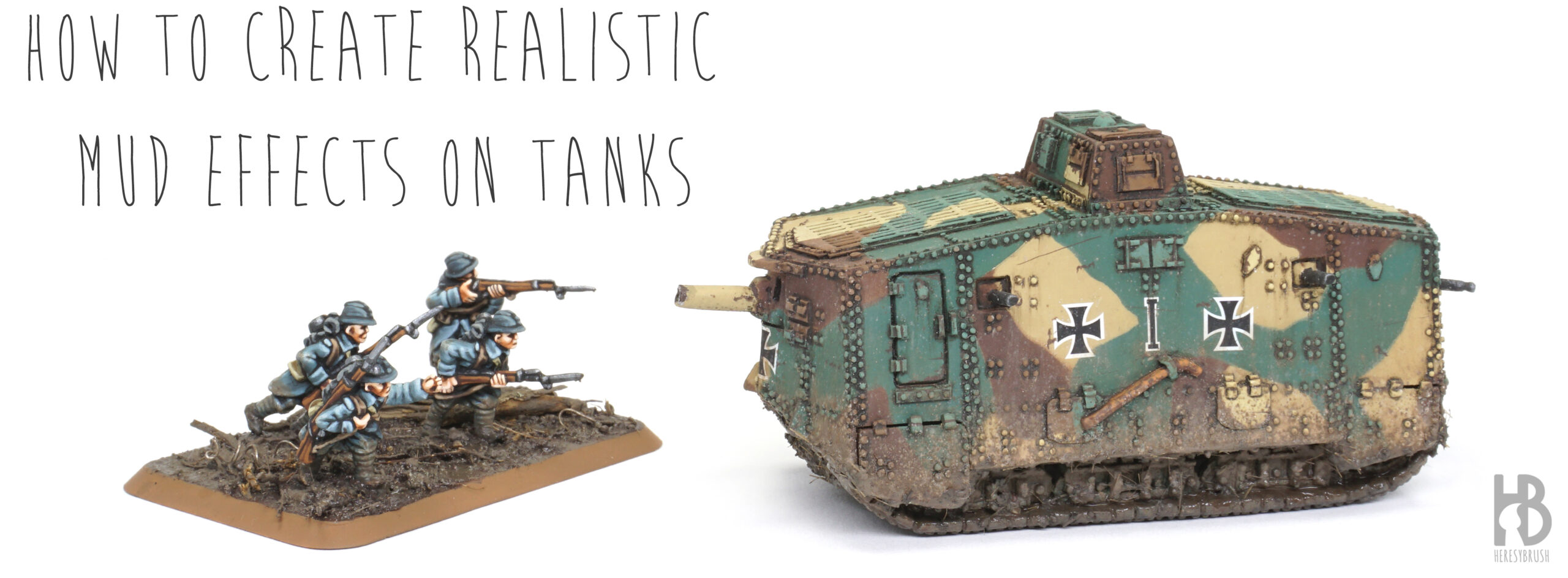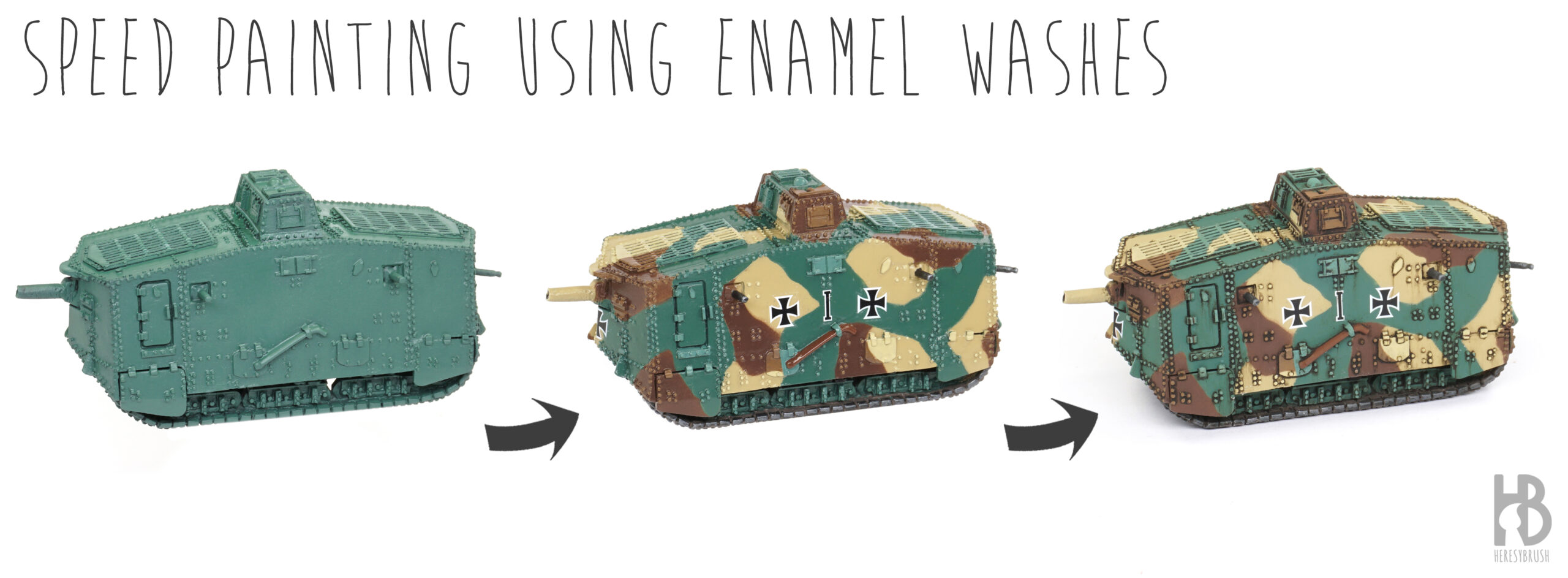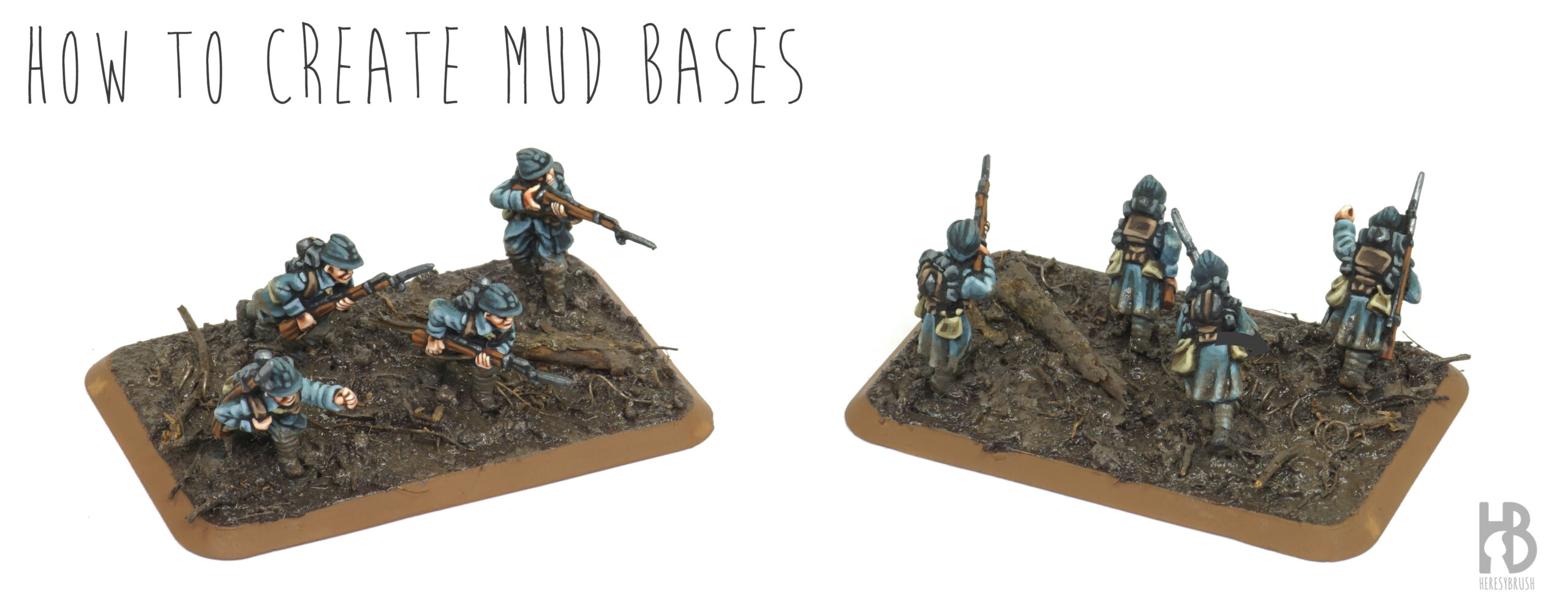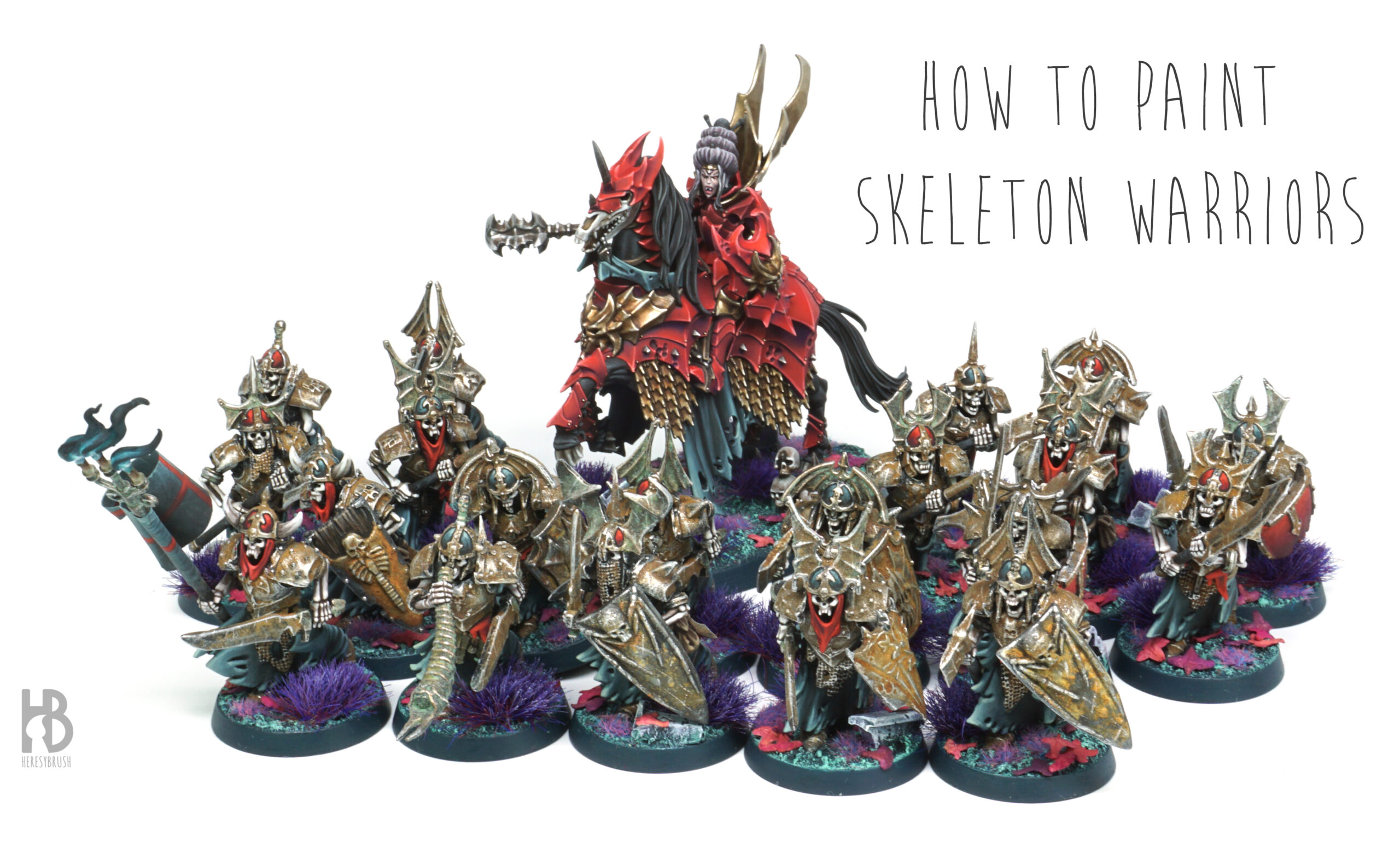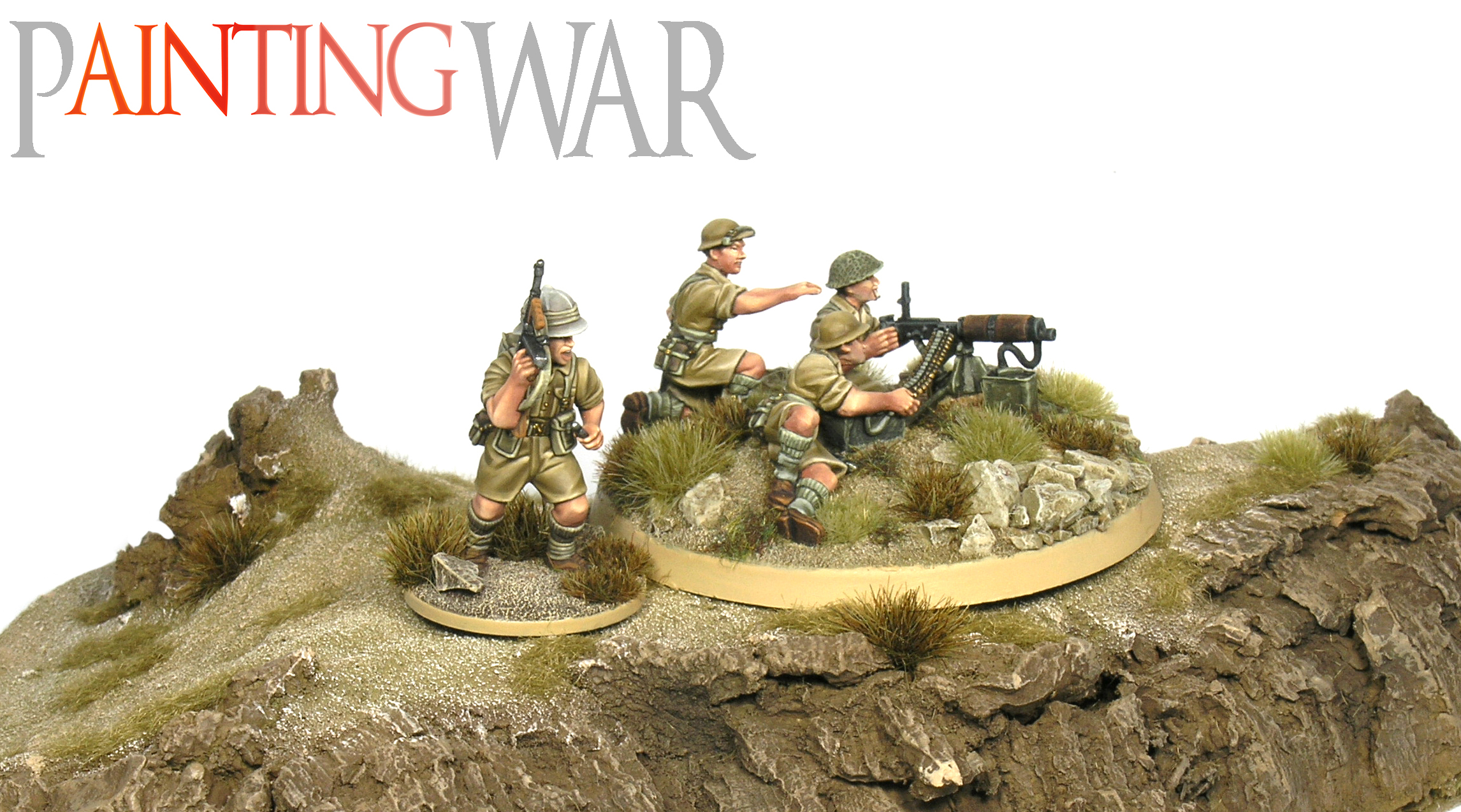After several years of wanting to start painting a Horus Heresy Legion army, I finally had the chance to do it. I chose the Night Lords, a Legion that is perhaps a bit underrepresented compared to others but features a beautiful color scheme and rich lore. I finished painting the first squad and decided to write a tutorial using the last miniature. Instead of the official painting scheme, which is very dark blue often with lightning on the armor, I opted for a desaturated and slightly greenish blue inspired by some great painters such as @loyalistareboring and @Maybug_Games on Instagram.…
How to apply decals on curved surfaces
The easiest way to identify the chapter of our Space Marines is by using decals. These typically go on the shoulder pads, but their curved surface can be challenging for some modelers, as it is tricky to perfectly adapt a decal to a curved or irregular surface. We have previously discussed numerous times how to apply decals, but here we will focus on how to deal with curved surfaces. Here, we used customized decals from Scumb4g Kustoms. Other articles about decals: Decals, transfers and stencils How to apply decals correctly How to apply name tag decals How to create glowing…
How to paint 3D-printed buildings
In this tutorial, we will explore fast and simple techniques for painting 3D-printed houses made from filament, perfect for wargaming. Although we are going to paint a 15mm house for Flames of War, the same techniques can be applied to any theme and scale. The idea is to take advantage of colored primer cans for the base colors, and then create contrast using dry brushing and filters. Step 1 – Preparation Filament printers are an amazing tool for creating scenery elements for wargames with ease. However, the inevitable downside of this type of printing is the resulting linear texture. To…
How to create glowing runes using decals
In this tutorial, we will explore how to create glowing runes using decals and fluorescent paints. While I primarily applied these techniques to scenery elements, they can also be used on miniatures. We will require white rune decals, such as those available from Scumb4g Kustoms. Step 1 – Basic paintjob Firstly, we paint the scenery element or miniature completely. The glowing effect is created at the very end of the painting process. For the crypt, I employed straightforward techniques. I painted the rock using the airbrush and drybrush techniques. For the rusted metal elements, I utilized the U-Rust set from…
How to paint tanks using the drybrush and oils
In this tutorial, we will explore techniques for enhancing a basic paint job using oil paints. Unlike acrylics, oil paints require an organic solvent like White Spirit or turpentine (which is toxic, such as Enamel Odourless Thinner A.MIG-2019) instead of water; and take hours to dry, as opposed to mere seconds with acrylics. However, this extended drying time lends oils the advantage of effortless blending, allowing for the creation of multiple effects. For instance, we can employ this property to generate shadows, thereby enhancing the sense of volume, or to simulate various weathering effects such as dirt or dust accumulation.…
How to create mud effects on 1/100 tanks
This article was originally published on the Battlefront website, here. This article is a follow-up of Painting WWI German AV7 tank: the art of enamel washes. As demonstrated recently in another tutorial on painting Painting WWI French Fusiliers: How to create mud bases, the idea is to create mud effects rather than simply painting them. While wargamers often resort to the dry-brush technique using acrylics to simulate mud, the results, while interesting, may lack the texture typically associated with this particular effect. To address this, we can turn to specialized products designed to achieve hyper-realistic mud effects. These products not…
Painting the WWI German AV7 tank: the art of enamel washes
This tutorial was originally published on the Battlefront website, here. Acrylic paints are the most popular choice for wargamers, and in most cases, the only option on the painting bench. This preference is quite logical, as acrylic paints are readily available, non-toxic, quick-drying, and overall user-friendly. However, if we take a closer look at what Scale Modelers do, we will discover that they employ a variety of paint types, including acrylics, lacquers, oils, enamels, and powder pigments. The distinct features of each type of paint can be utilized to perform specific steps or achieve particular effects. Therefore, having a understanding…
How to create mud bases
This article was originally published on the Battlefront website: here. As wargamers, we frequently opt to paint bases rather than create them. While it is true that we usually incorporate some form of texture, often achieved by adhering sand with glue, the subsequent step typically involves multiple layers of drybrushing painting. However, for the sake of achieving more authentic bases and scenery, it is advisable to create the texture entirely instead of relying on painting. A notable example is mud; painting mud effects can be quite challenging, while creating realistic mud effects becomes remarkably straightforward when employing the right tools…
Videotutorial: how to paint skeletons
A while back, we reviewed the U-Rust kit from AMMO, which allows for the creation of realistic rust effects in a simple and effective manner (see more here). Capitalizing on the knowledge obtained from that test, I decided to use it to paint one of my Grave Guard units for my Soulblight Gravelords army in Age of Sigmar. This seemed ideal, given that these miniatures are predominantly clad in rusted armor! In collaboration with AMMO, I created three video tutorials featuring how to create rust effects using the U-Rust kit, how to paint bones, and how to paint fabric. The…
PaintingWar: WWII British and Commonwealth armies
After 10 years since the publication of my very first painting book I am delighted to announce another PaintingWar (PW) publication, made possible by Miniaturama Publishing. This marks my third contribution to the PW series (with the previous two being WWII German army and Spanish Civil War), delving again into one of my favorite topics in historical wargaming: World War II. While my initial PaintingWar issue centered around the German army, this latest book shifts its focus to the British and Commonwealth armies. Using exclusively Warlord Games miniatures in 28mm, and similar to previous PaintingWar publications, this book is divided…




